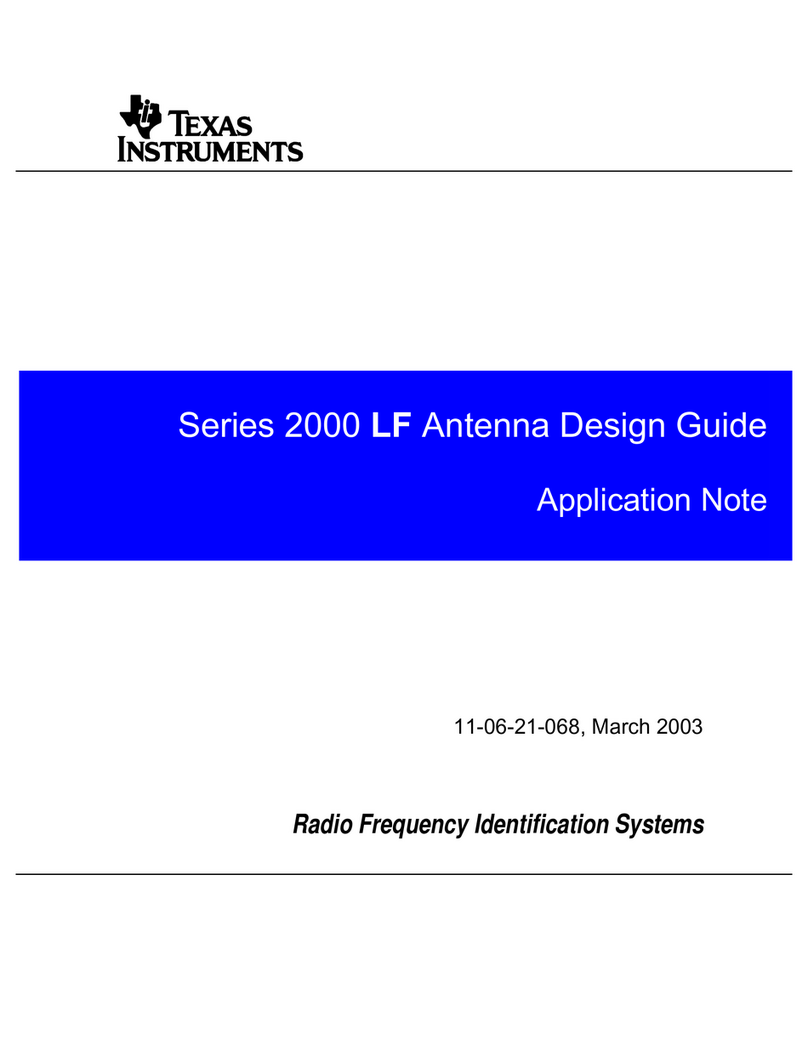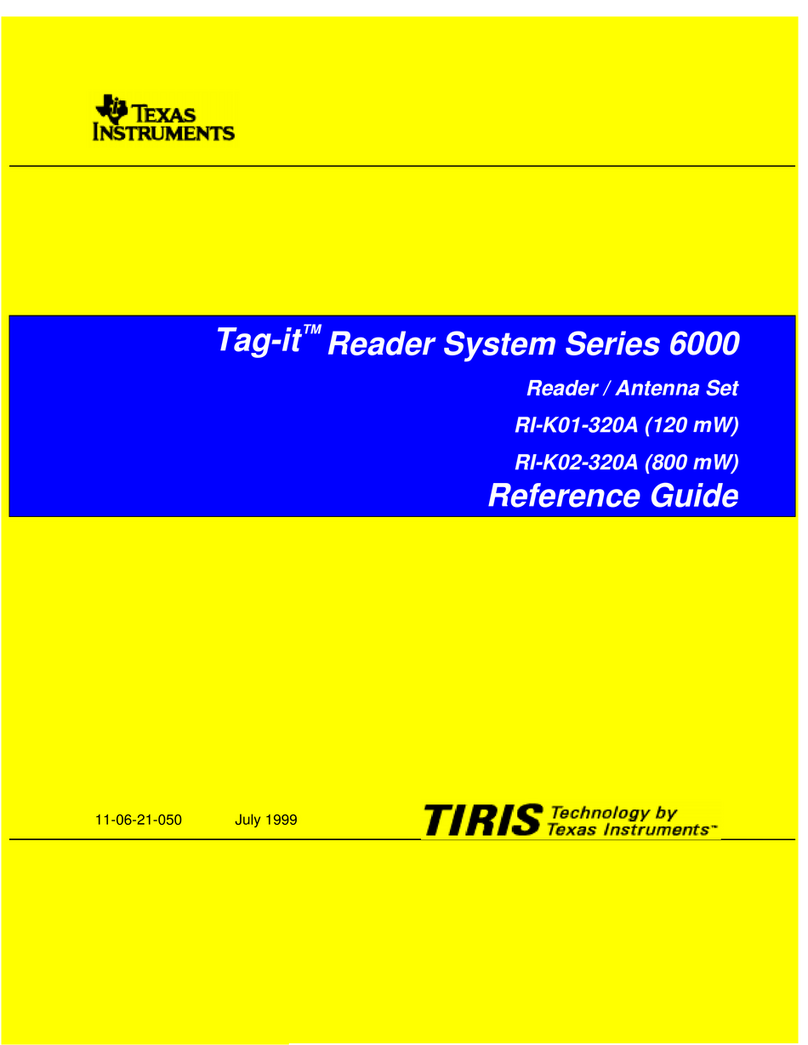
Contents
Preface ............................................................................................................................... 5
1 Introduction ............................................................................................................... 71.1 TIRIS ................................................................................................................. 71.2 Purpose .............................................................................................................. 71.3 About This Guide ................................................................................................... 8
2 How the System Works ............................................................................................... 92.1 Operating Principle ................................................................................................. 92.2 Charge-Up of the Transponder ................................................................................... 92.3 Transponder Orientation ........................................................................................... 92.4 Differences Between Antennas .................................................................................. 102.5 Isofield Diagram ................................................................................................... 102.6 How to Measure Antenna Voltages ............................................................................. 112.7 How to Use the Charge-Up Diagrams .......................................................................... 112.8 Separation Between Transponders ............................................................................. 162.9 Antenna Parameters .............................................................................................. 16
3 Noise Characteristics ................................................................................................ 173.1 Influence of Noise on Readout Range ......................................................................... 17
4 Antenna Voltage and Field Strength ........................................................................... 214.1 Maximum Antenna Voltage Allowed ............................................................................ 214.2 Maximum Magnetic Field Strength That Can Be Generated ................................................ 224.3 Magnetic Field Strength Boundaries for Countries With RMS Regulations ............................... 22
5 Speed Applications (Detecting Moving Transponders) .................................................. 235.1 Introduction ......................................................................................................... 235.2 Shorter Charge-Up (TX) Pulses for Speed Applications ..................................................... 24
6 Mechanical Characteristics ........................................................................................ 276.1 Mounting the Antenna ............................................................................................ 276.2 Cleaning the Antenna ............................................................................................. 276.3 Chemicals .......................................................................................................... 276.4 Metal in the Environment ......................................................................................... 276.5 Connection Leads ................................................................................................. 28
A Brief Theory of Magnetic Induction ............................................................................. 31A.1 Description ......................................................................................................... 31
B Theory of Coupled Inductors ..................................................................................... 33
C Glossary of Terms .................................................................................................... 35
SCBU025 – November 1996 Contents 3Submit Documentation Feedback





























